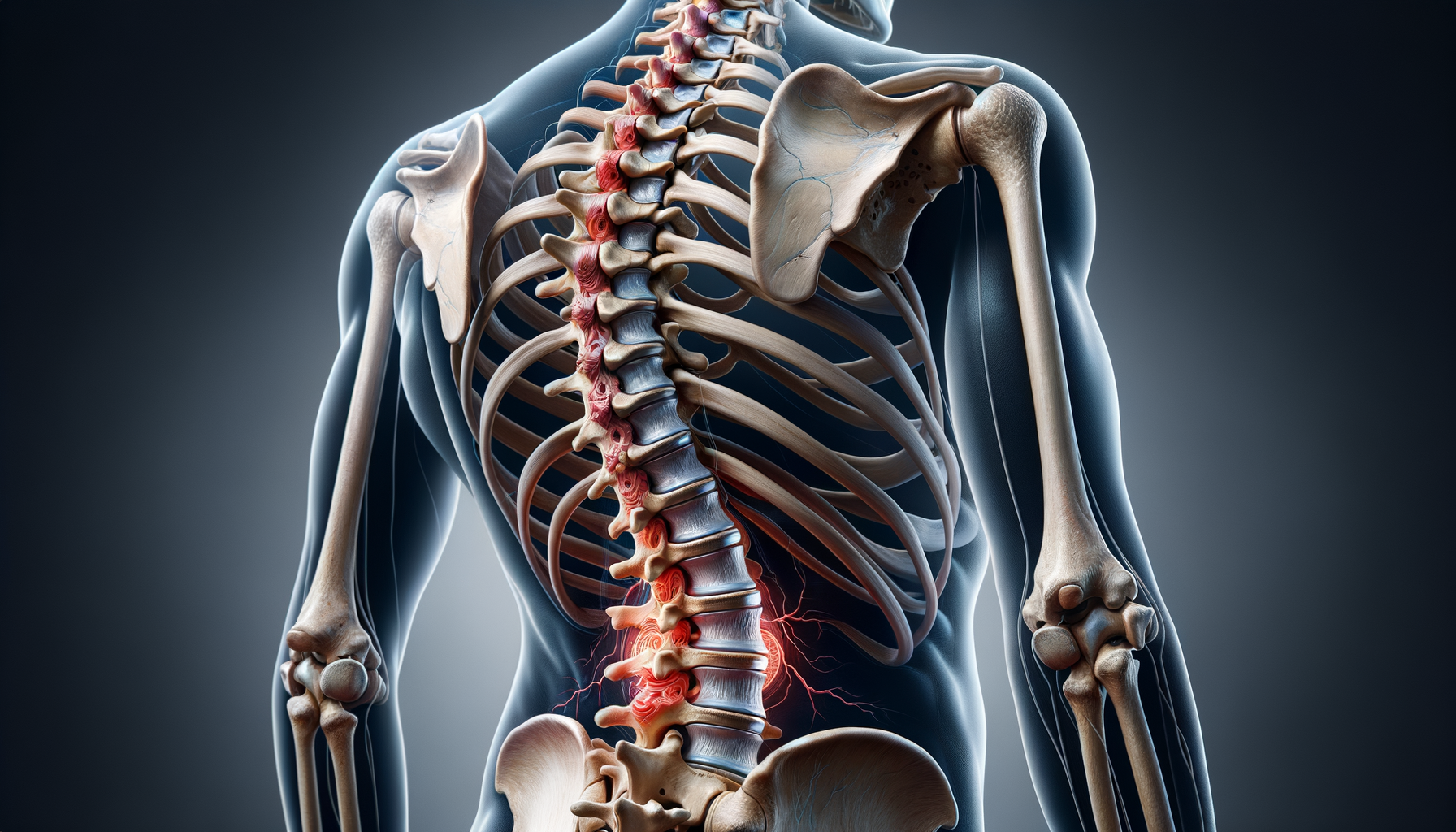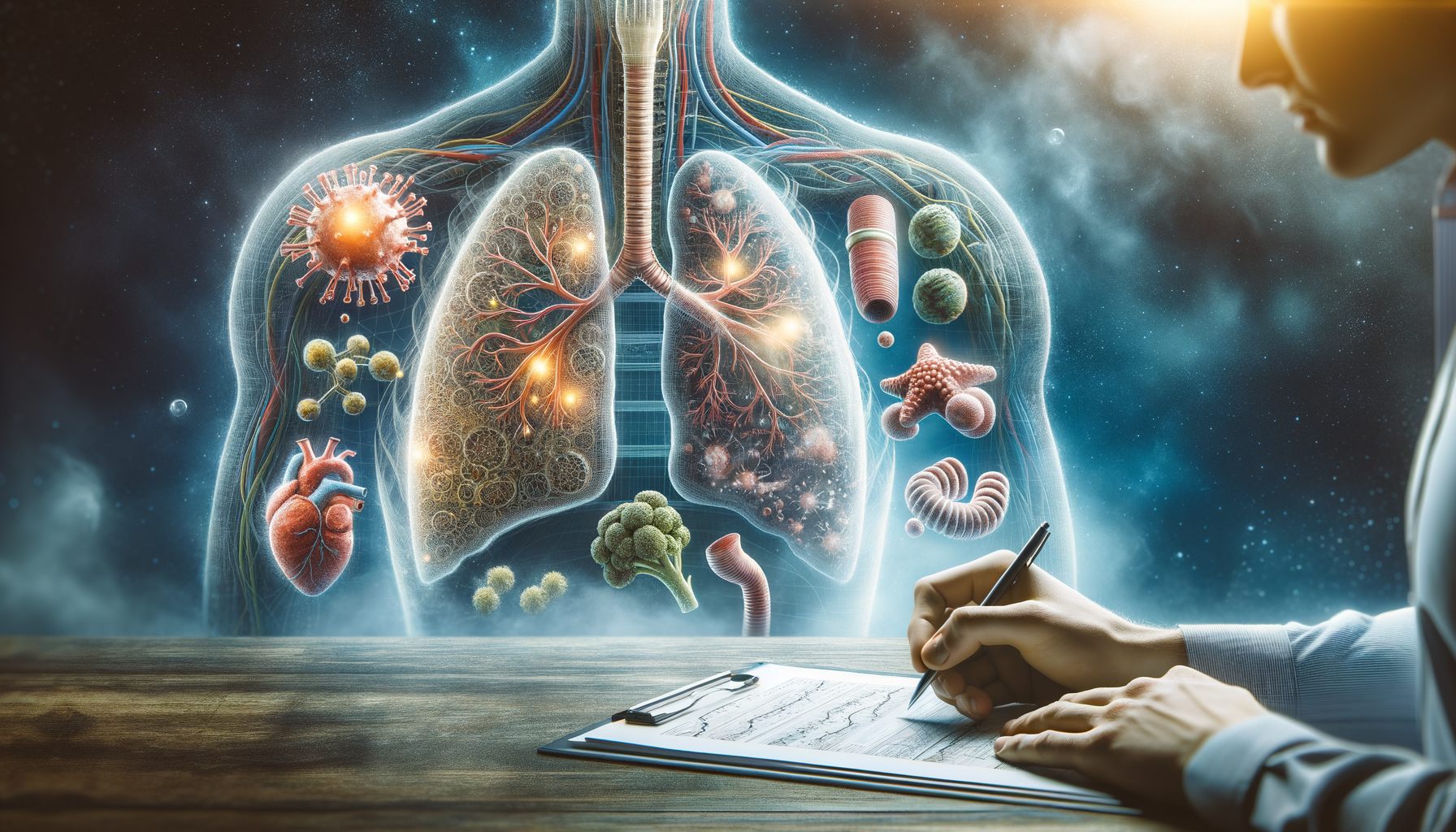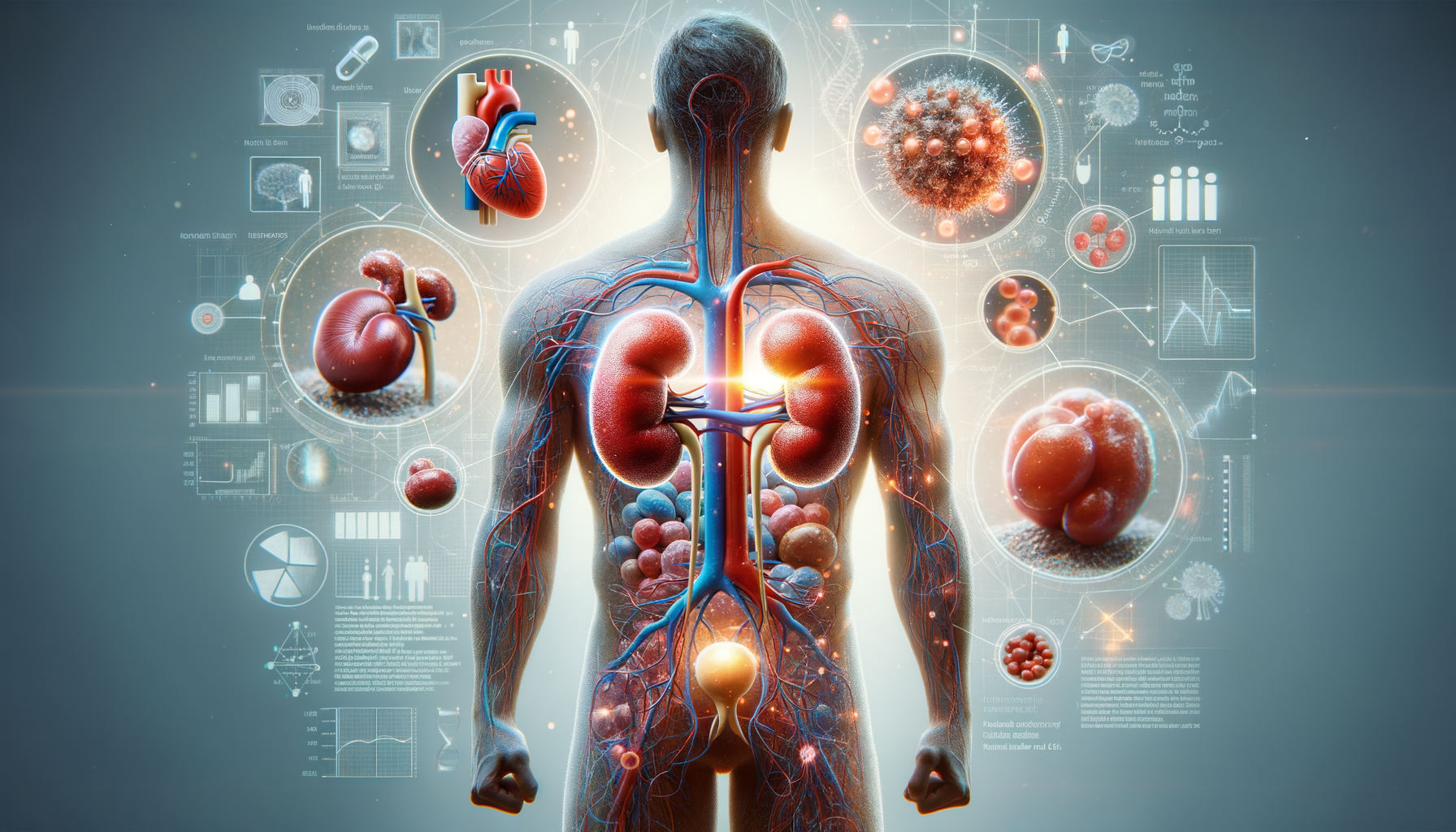What is Spinal Stenosis?
Spinal stenosis is a condition characterized by the narrowing of the spaces within the spine, which can put pressure on the nerves that travel through the spine. This condition often occurs in the lower back and the neck. The narrowing is usually caused by osteoarthritis, which is the wear-and-tear that occurs with aging. While some people with spinal stenosis may not experience symptoms, others may have pain, tingling, numbness, and muscle weakness. The severity of these symptoms can vary significantly and can affect one’s ability to perform daily activities.
At the L4-L5 level, the spinal stenosis can be particularly troubling. This area is part of the lumbar spine, which is responsible for supporting much of the body’s weight and enabling movement. When stenosis occurs at this level, it can lead to significant discomfort and mobility issues. Understanding the causes and symptoms of spinal stenosis at this specific location is crucial for effective management and treatment.
Causes and Risk Factors
The primary cause of spinal stenosis is degenerative changes in the spine, often due to osteoarthritis. However, there are several other factors that can contribute to the development of this condition:
- Herniated Disks: Disks that act as cushions between your vertebrae can dry out with age, leading to cracks and herniation.
- Bone Spurs: Osteoarthritis can result in the formation of bone spurs, which can grow into the spinal canal.
- Thickened Ligaments: Over time, spinal ligaments can thicken and become stiff, potentially bulging into the spinal canal.
- Spinal Injuries: Accidents or trauma can cause dislocations or fractures of one or more vertebrae, leading to spinal stenosis.
Risk factors for spinal stenosis include age, as it is most common in individuals over 50. Additionally, a history of spinal injury or conditions like scoliosis can increase the risk. Understanding these causes and risk factors is essential for prevention and early intervention.
Symptoms of Severe Spinal Stenosis L4-L5
Symptoms of spinal stenosis at the L4-L5 level can vary widely, but they often include:
- Lower Back Pain: Persistent pain in the lower back is a common symptom.
- Leg Pain: Pain that radiates down the legs, often referred to as sciatica.
- Numbness or Tingling: A sensation of pins and needles in the lower extremities.
- Muscle Weakness: Weakness in the legs, which can affect balance and mobility.
- Bladder or Bowel Dysfunction: In severe cases, spinal stenosis can affect bowel or bladder function, requiring immediate medical attention.
These symptoms can be exacerbated by standing or walking and may be relieved by sitting or bending forward. The impact of these symptoms on daily life can be significant, affecting everything from walking and standing to sitting and sleeping.
Diagnosis and Treatment Options
Diagnosing spinal stenosis involves a thorough medical history and physical examination, followed by imaging tests such as X-rays, MRI, or CT scans to confirm the diagnosis. These tests help determine the extent of the narrowing of the spinal canal and identify the affected areas.
Treatment options for spinal stenosis vary depending on the severity of the symptoms. They can include:
- Physical Therapy: Exercises to strengthen the muscles and improve flexibility can help alleviate symptoms.
- Medications: Pain relievers, anti-inflammatory drugs, and muscle relaxants can provide relief.
- Epidural Steroid Injections: These can help reduce inflammation and alleviate pain.
- Surgery: In severe cases, surgical intervention may be necessary to relieve pressure on the spinal cord or nerves.
Each treatment plan should be tailored to the individual’s specific needs and health status, often involving a combination of therapies for optimal results.
Living with Spinal Stenosis
Managing life with spinal stenosis involves making lifestyle changes to reduce symptoms and improve quality of life. Here are some strategies:
- Regular Exercise: Low-impact activities such as walking, swimming, or cycling can help maintain mobility.
- Weight Management: Maintaining a healthy weight can reduce stress on the spine.
- Proper Posture: Using ergonomic furniture and being mindful of posture can alleviate strain on the back.
- Assistive Devices: Using a cane or walker can provide stability and reduce pain during movement.
Support from healthcare professionals, family, and support groups can also play a crucial role in managing the emotional and physical challenges associated with spinal stenosis. By adopting these strategies, individuals can continue to lead active and fulfilling lives despite their condition.




Leave a Reply